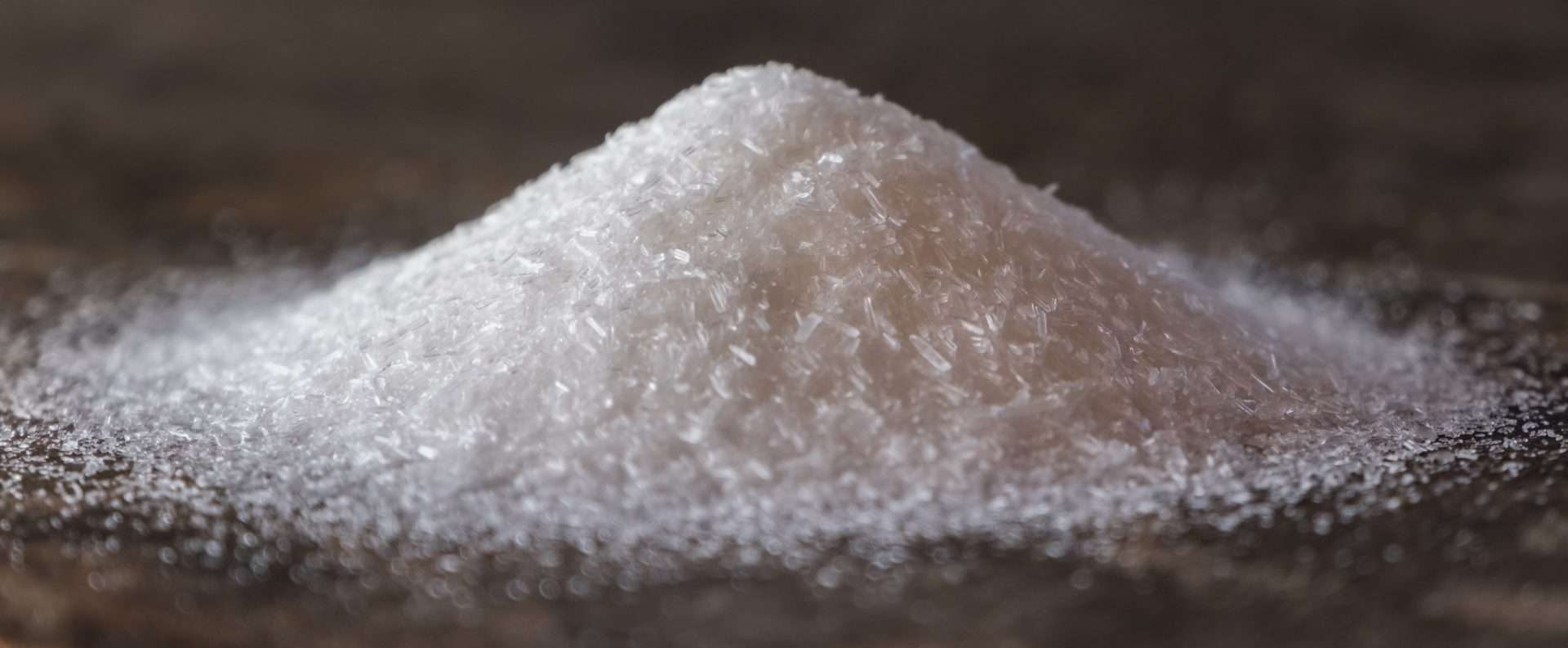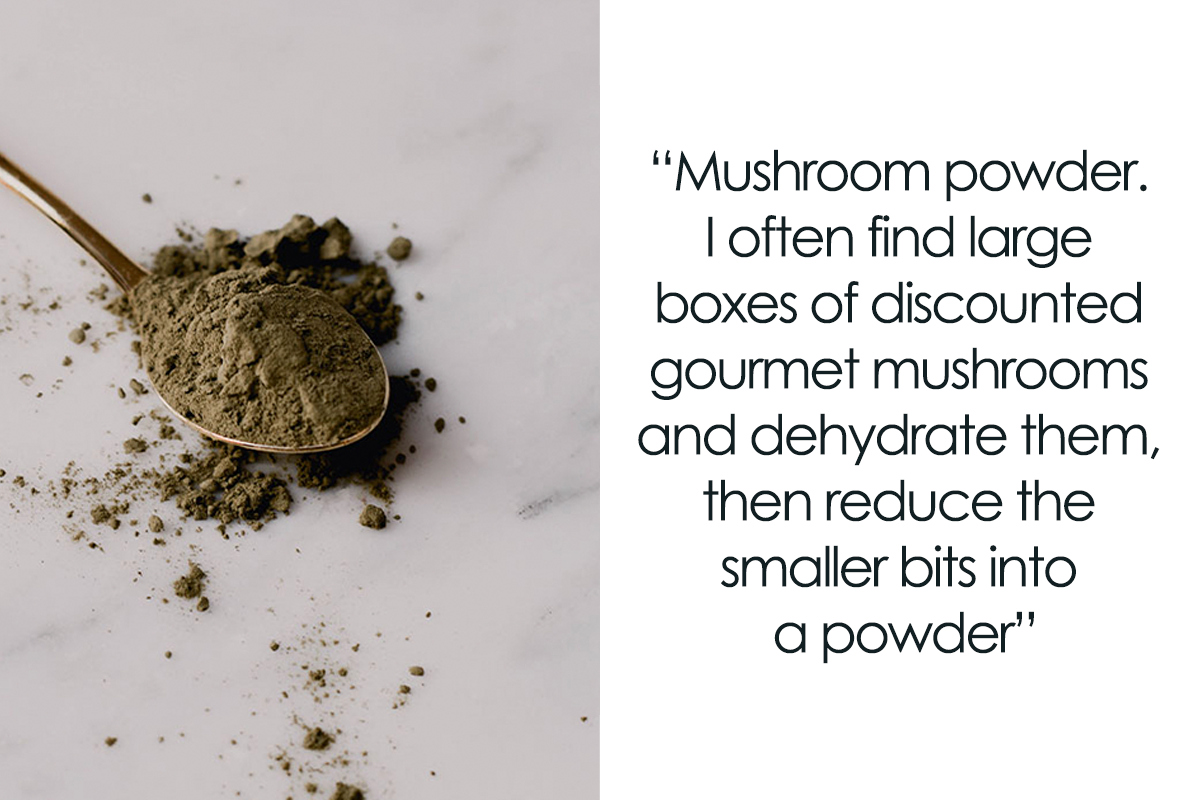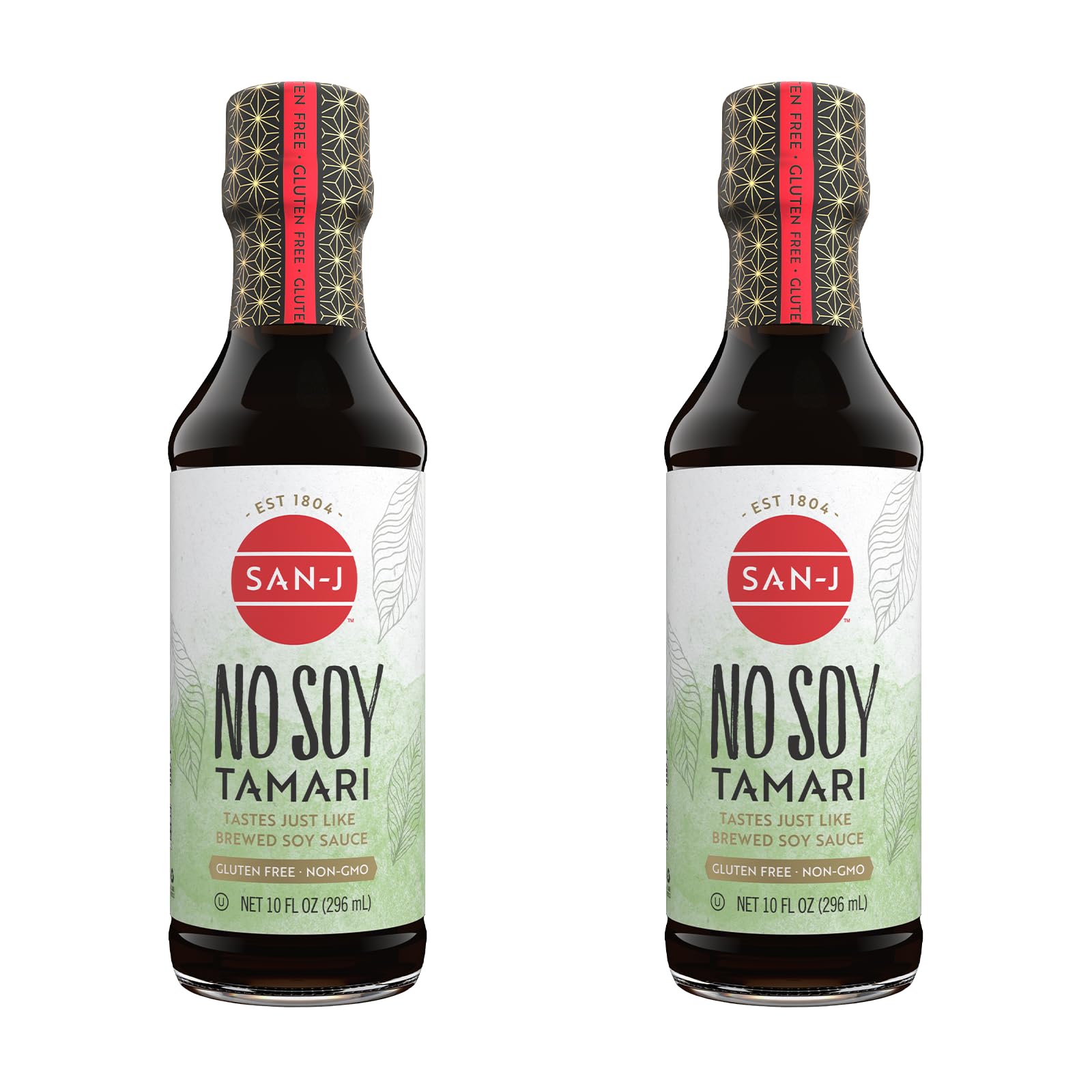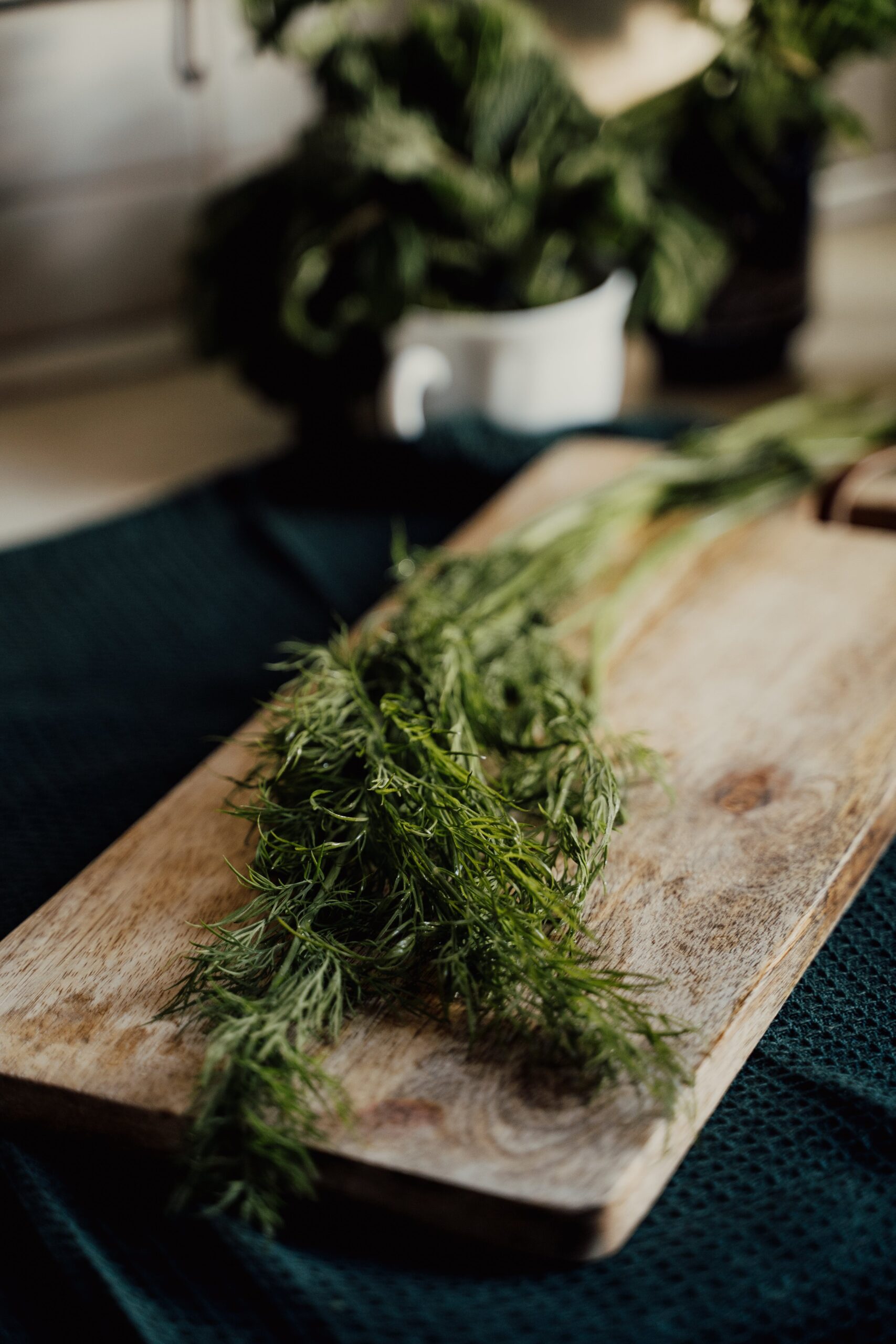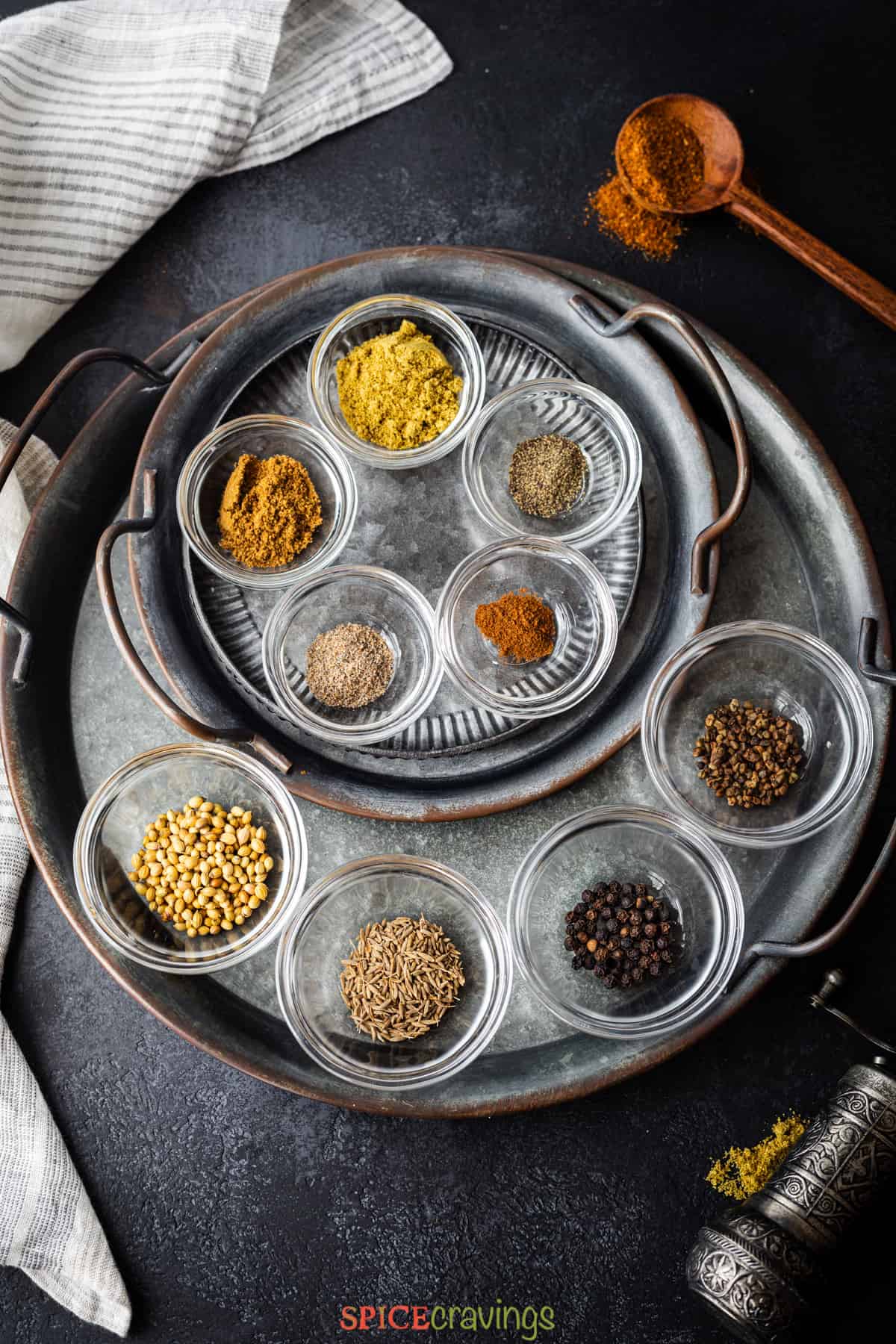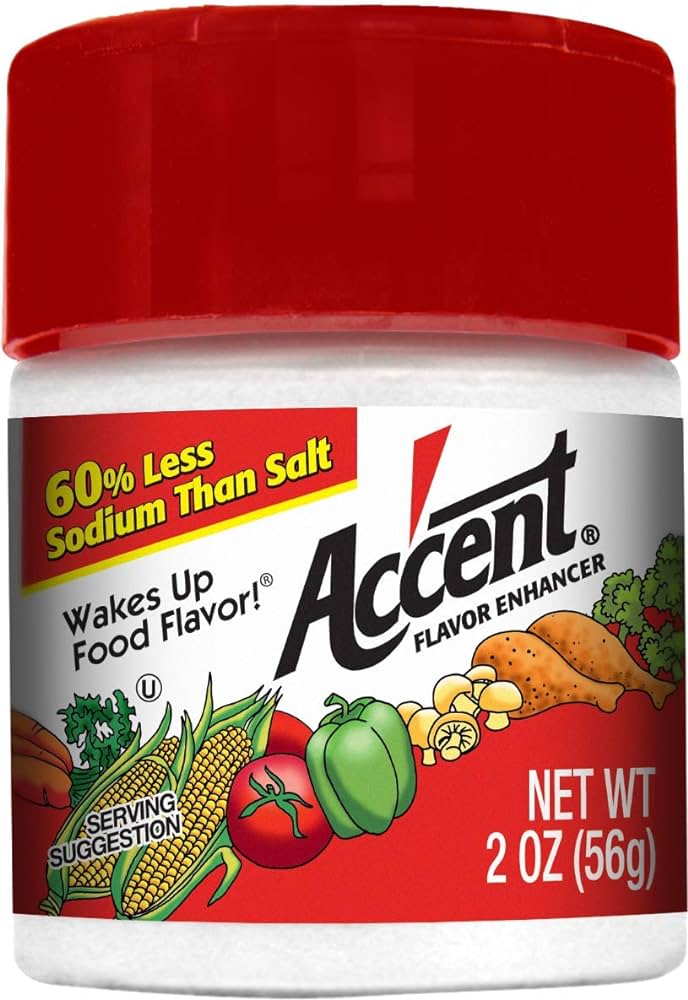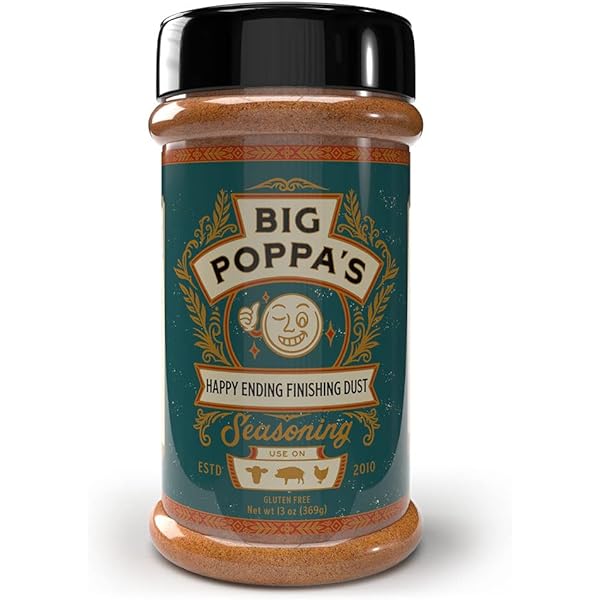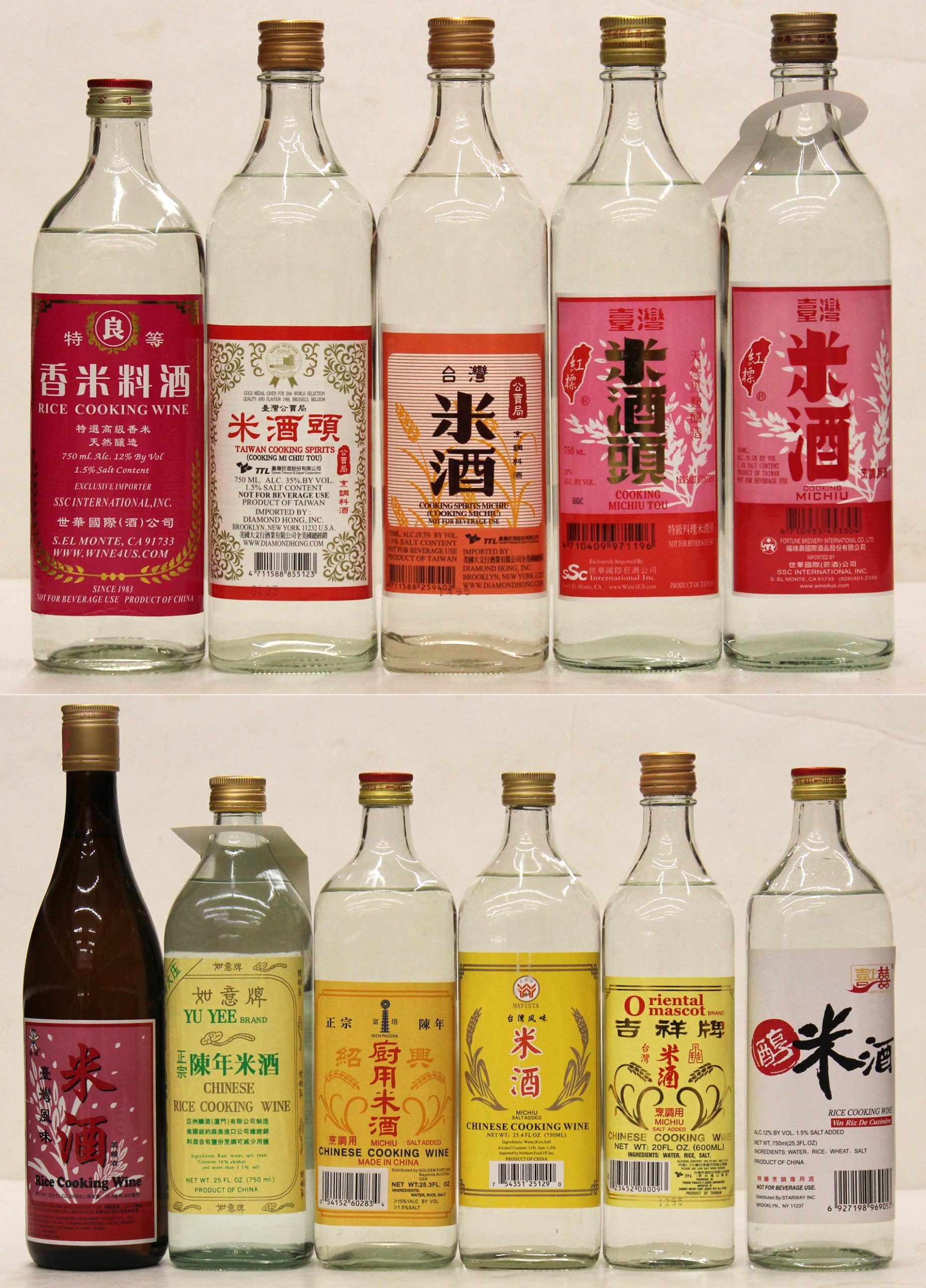Accent Salt: Exploring the Powerful Impact on Cuisine
– Ac’cent
– flavor enhancer
– chef
– secret ingredient
– depth
– sodium
– salt
– alternative
– individuals
– monitoring
– intake
– food ingredient
– reduces
– reduce
– suitable
– option
